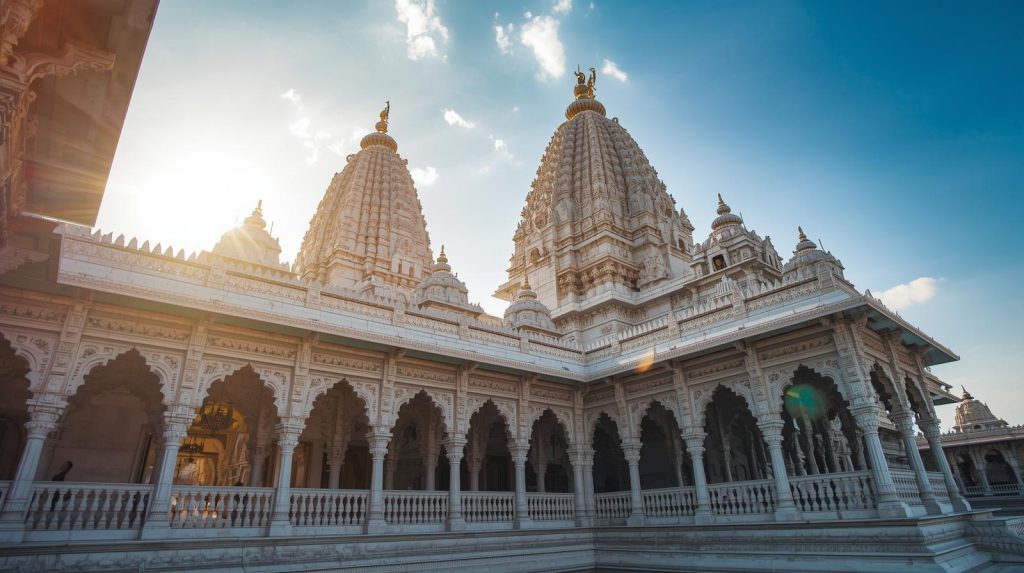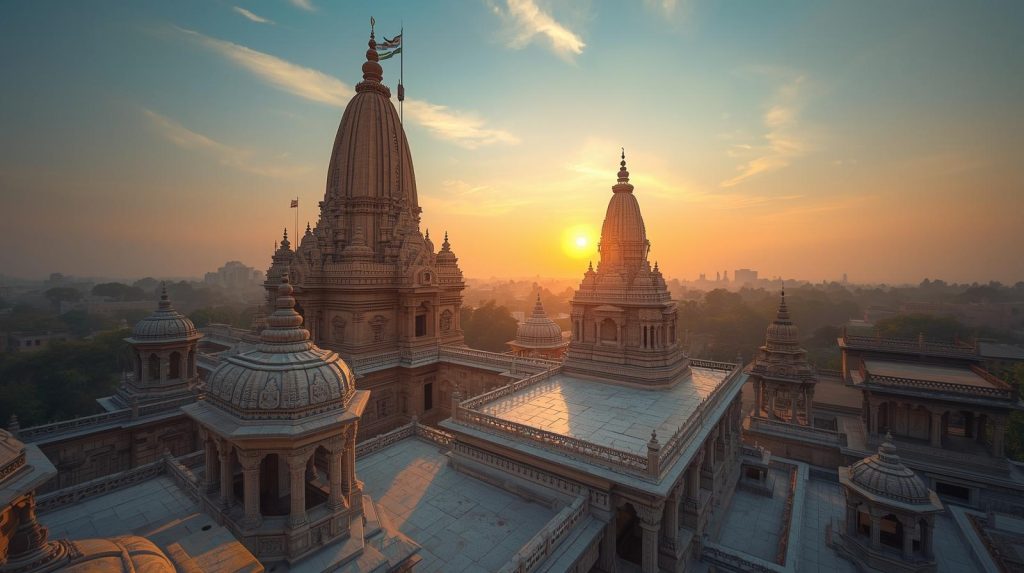1. Introduction
Jain temples dedicated to Shreyansanath are not just places of worship—they are architectural masterpieces. These temples showcase a blend of spiritual symbolism, artistic finesse, and historical significance.
2. Ancient Temple Architecture
The earliest Shreyansanath temples were built using stone and marble, featuring intricately carved pillars, domes, and sanctums. Each element symbolizes spiritual values such as purity, non-violence, and meditation.

3. Key Features of Shreyansanath Temples
- Sanctum Sanctorum (Garbhagriha): Houses the idol of Shreyansanath in meditative posture.
- Mandapa (Pillared Hall): Elaborate carvings depict scenes from his life and Jain cosmology.
- Shikhara (Temple Spire): Symbolizes the ascent toward spiritual liberation.
- Ornamental Details: Lotus motifs, lotus ceilings, and geometric patterns reflect Jain artistic heritage.
4. Famous Shreyansanath Temples in India
Several temples across India celebrate Shreyansanath, including notable ones in Rajasthan, Gujarat, and Madhya Pradesh. Each temple exhibits unique architectural elements, attracting devotees and art enthusiasts alike.
5. Blend of Tradition and Modernity
Modern temples often combine traditional craftsmanship with contemporary design, maintaining spiritual essence while accommodating growing numbers of devotees.
6. Cultural and Spiritual Significance
These temples are not only architectural marvels but also hubs of cultural activity, meditation, festivals, and community learning, keeping Shreyansanath Swami’s teachings alive.
Conclusion
The architectural brilliance of Shreyansanath Jain temples reflects centuries of devotion, artistry, and spiritual dedication. Visiting these temples is a journey through history, culture, and the timeless teachings of the eleventh Tirthankar.

